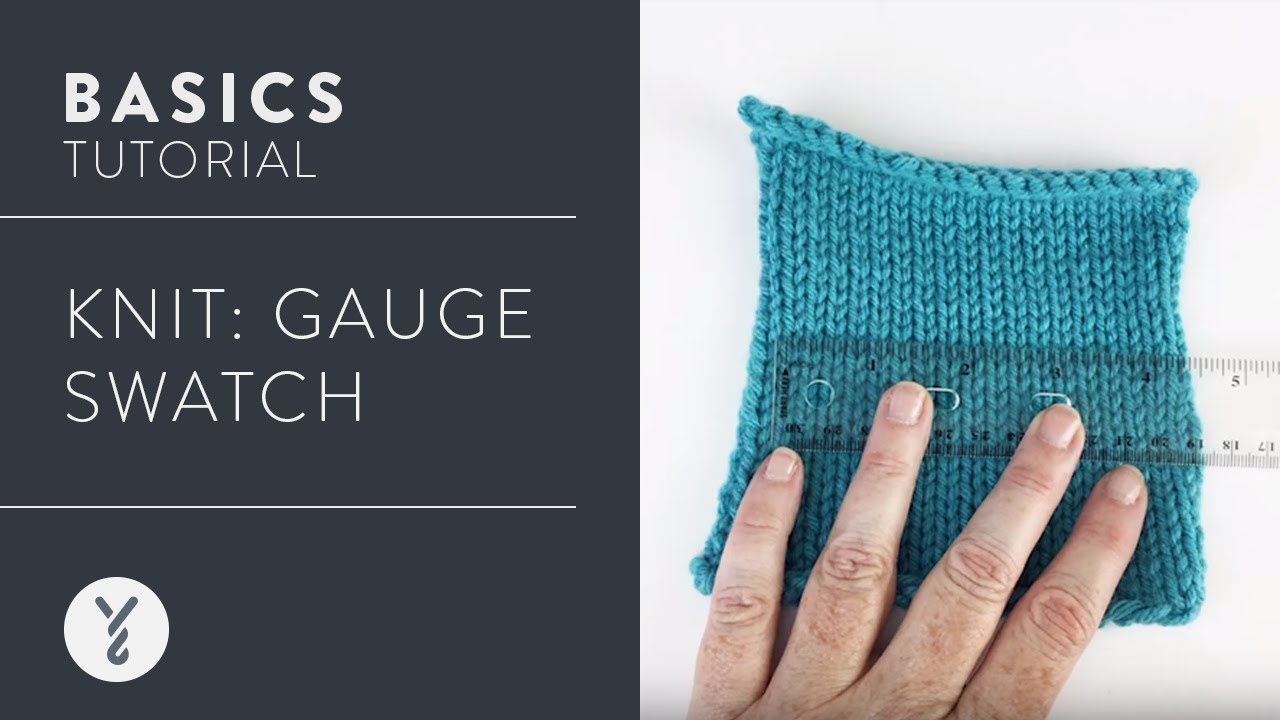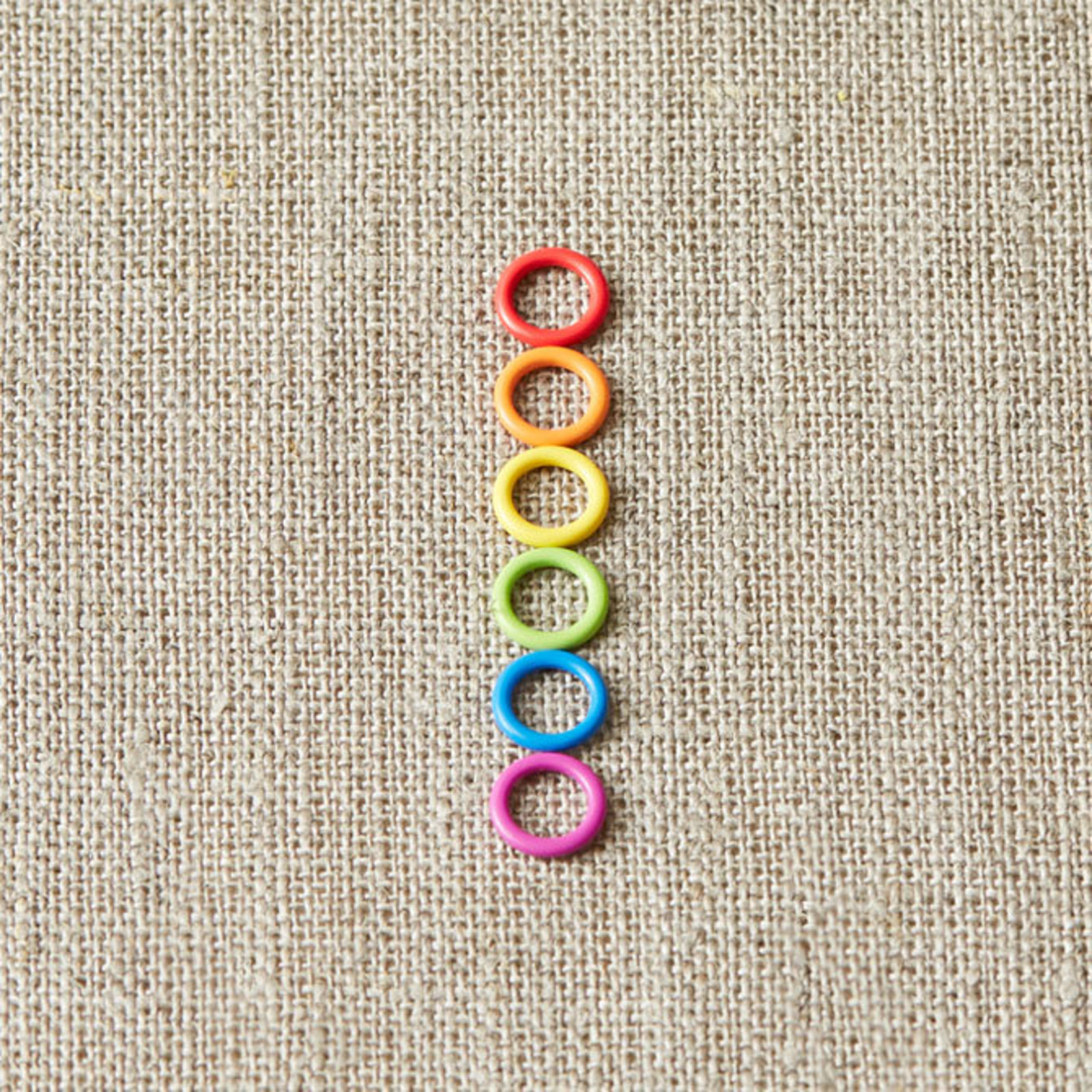
Ribbed knitting, a popular technique, can be used in a variety of ways to create garments and accessories. Ribbing is a pattern of vertical stripes of stockinette stitch or reverse stockinette stitch. It can be used to add texture and visual interest to any knitting project. To learn more about ribbing, see the following article.
k2p2 ribbing
K2P2 is a versatile stitch that gives knitted fabric elasticity. This stitch is used to make fitted garments or border knitted items. The two stitch patterns look nearly identical, though they have different appearances. Both knit and purl stitches are used to work ribbed knitting.
If you are looking for a more elastic design, a narrower needle may be used to knit your ribs. A smaller needle will result in a rib that has less elasticity. A ribbed edge should be done with smaller needles that the body.
1x1 rib stitch
The 1x1 rib stitch is one of the most basic knitting stitches. It is created by knitting and purling in alternate rows. This simple pattern forms vertical stripes that give your knitted items structure. This pattern is great for making hats or hems, and it works well with any type of yarn.

The 1x1 row stitch is similar to a seed stitch but it's made up of k1 as well as p1 stitches. The knit stitch will rise in the finished fabric and will be higher, while the yarn stitch will sink. To make this stitch you will need more yarn that you normally use for knitting.
Corrugated ribbon
Corrugated or ribbed ribbing is a technique that creates ribbed fabric. It is often knit with two colors. The first color is knit and the second one is purled. This technique is simple to learn and allows you to create beautiful patterns and textures.
There are many methods to make corrugated ribbon. The most common rib size is 2x2. You can work it in multiples of two, three, or four. This type of rib can be used in multiples of two, three or four. You can also choose the best combination of colors and stitches to suit your project.
Simple ribbing pattern
A simple ribbed knitting design is a basic knit- or purl stitch. Tension is the key difference between these types of stitches. Knit stitches tend to be higher than purl stitches, and are marked by a V shape on one side. The purl stitch are lower and sink in.
Start by adding four stitches to a simple ribbed knit pattern. The gauge of your needles will determine the number of stitches you need, but casting on multiples will create a ribbed material that is the same on all four sides.

Common ribbing patterns
Ribbed knitting is a type of knitting where rows of knit stitches alternate with rows of purl stitches. Ribbing is a technique that creates an even number stitches across a whole piece. Ribbed knitting patterns that require more than two rows can be complicated.
Ribbing patterns have knit and purl yarns that alternate, creating vertical stripes. The row number for a rib stitch is determined by the number of knit stitches and purl stitches in the fabric. To knit a row of ribs, you first need to cast on an even amount of stitches. Then change from knit to knit every other row.
FAQ
What are observation hobbies exactly?
Observation hobbies can be activities that you watch people do. It could be reading, watching sports or going on holiday. It could also include observing others.
Because they teach you how to think creatively, observation hobbies are great. You can draw on this knowledge later, when you work on projects for others.
You'll discover that it's easier to learn if there's a passion for something.
If you are interested in learning more about football, for example, you might watch a match or read a book. Exhibitions are a great way to learn about photography.
You could also buy a guitar or play along online to music if you are a musician.
You can cook your own meals, or you could go to a restaurant.
If gardening is your passion, you can grow vegetables and flowers.
You could take a class or go out dancing with your friends if you enjoy dancing.
If you enjoy painting, you might paint pictures.
Write poetry and stories if that is what you love to do.
You could also draw pictures if you enjoy drawing.
If you have a passion for animals, you might be able to look after them or work in a zoo.
You could choose to study biology, maths, chemistry, or physics if you are interested in science.
You can read books, listen to podcasts, or watch films if history interests you.
If you like traveling, you could travel abroad or explore your local area.
Why do we require hobbies?
Hobbies play an integral part in our lives. It allows us to unwind and recharge, think creatively, exercise, socialize, have fun, and allow us to enjoy life. They also provide us with opportunities for learning new skills and developing valuable life-long interests.
Hobbies are a way to find meaning and purpose.
They can be a great way of spending time without having to do anything else.
They're also fun!
If you don’t make time for a hobby then it’s probably not worth your time.
Take a look at the many options that are available to you. Perhaps you should get a hobby started today if you don’t already have one.
What are your educational hobbies and interests?
An educational hobby is an activity where you learn something by doing it. This could be anything you want, such as playing sports or learning how to play an instruments.
It should be enjoyable and have fun. You don’t have to do it constantly, but you should consider what other activities you could be engaging in instead.
You also want to ensure you're not spending too much on these activities because they can end up costing you more than they're worth.
What are the chances of making money with my hobby?
Many hobbies can lead to making extra cash.
You might consider selling items that are related to your hobby if you are passionate about it.
If you are a stamp collector, you might want to start a website that sells rare stamps.
You can make extra money without the hassle of buying and selling stamps.
Another option is to set up a YouTube channel that focuses on your hobby.
This allows one to share their passion with others, potentially generating additional revenue through the offering of premium content.
What are collection hobbies?
Books, movies, music and comics are the most popular collections.
Also, you can collect anything: stamps, coin to cars, dolls to action figure to model kit to figurines to art materials to tools to cook utensils and jewelry to watches to jewellery to appliances to clothes to furniture or antiques to...
You get it?
Is it possible to become rich from a hobby?
Not necessarily.
If you are interested in starting a business that is based on your hobby you can be a millionaire.
Let's assume you like cooking. You enjoy healthy food so you opened a restaurant.
You only prepare organic meals from scratch. To cover the labor and ingredients costs, you will charge your customers a small service fee.
You will eventually be able to grow your client base and hire people who are willing to work with you.
You can eventually expand your menu to include vegan and gluten-free dishes.
In this scenario, you've created a successful business that has allowed you to live the type of lifestyle you wanted.
But, it doesn't mean your day job must be abandoned.
Instead, you could simply run your restaurant while still holding down your regular 9-5 position.
What are the best ways to find a hobby?
You may feel overwhelmed when you start your quest to find a hobby.
You're probably thinking, "I'm not very artistic," or "I'm terrible at sports," or maybe even "I don't know anything."
But the truth is, you probably already have a lot of experience to draw upon when looking for a hobby.
It's simply that you haven’t yet realized it.
Take a tour of your house. How much stuff are you able to store?
Do you have any old toys lying around?
You might have a collection.
Perhaps you have always wanted to be a chef.
Perhaps you just want to pick up the guitar again.
Whatever your hobby, it's possible to make it a hobby.
It is important to recognize that you already have a lot of experience to draw from.
Once you have done that, you will be able choose a hobby that suits your lifestyle.
Statistics
- Studies show that just six minutes of reading can reduce stress levels by 60 percent. (oberlo.com)
- The intensity of the dialogue partners' bond at the end of the forty-five-minute vulnerability interaction was rated as closer than the closest relationship in the lives of 30 percent of similar students. (time.com)
- Almost 80% of people claim to have no hobby. (hobbylark.com)
- A new survey by Pew Research Center of teens ages 13 to 17 finds that 36% of girls feel tense or nervous about their day every day; 23% of boys say the same. (pewresearch.org)
- This 100% accurate personality-analyzing hobby quiz discovers your passion based on your characteristics. (quizexpo.com)
External Links
How To
How to learn a musical Instrument
There are many ways you can learn to play music. There are many options. You can go to school, purchase a book, learn from an instructor, or watch videos online. Here are some tricks and tips to help you find your way.
-
Find something that interests and you. You don't have to like every instrument you see. It would be hard to get into playing an instrument if you don't enjoy doing it.
-
Be patient. Learning something new takes time. Expect to not be able master all things immediately. Instead, continue to practice each day.
-
You should practice often. Even when you feel tired, continue practicing. This will ensure that your memory doesn't fade.
-
Make sure you choose a safe place to practice. You want to be in a place where you are not disturbed by others. You should also make sure there aren’t any distractions. Avoid loud music, for example.
-
Have fun. Music is meant to be enjoyed. Make sure you have fun while practicing. It will make you more motivated to keep going.
-
Set goals. If you set goals, then you will know exactly how you want to get there. There is no excuse for failure.
-
Keep track your progress. Note down your successes and mistakes. You'll be able to learn and improve as you go.
-
Pause. Sometimes you just need to take a break. Take breaks to allow you to reflect on things.
-
Ask questions. Ask other people if you have any doubts or confusion regarding certain aspects of the instrument. They may be able to help you out.
-
Listening is the best way of learning. Many musicians love to listen to and imitate songs. This allows them to grasp the basic concepts of the song.
-
Read books. Lessons learned from books are more valuable than videos and classes. Books often contain information you can't find elsewhere.
-
Join a band. You'll be more motivated to practice when you are playing with others. You will also meet others with similar interests to yours.
-
Take a look at tutorials. Tutorials are videos that provide detailed explanations of various topics. These tutorials usually concentrate on one particular aspect of an instrument. These tutorials will help you to understand the more difficult parts.
-
Explore different learning methods. Some people learn best by reading, while others prefer lectures. Try different methods until you find the one that works for you.
-
Practice makes perfect. You don't become an expert overnight. Instead, you must put in lots of effort before becoming skilled enough to perform well.
-
Begin a group of musicians. Listening to other people play their favorite songs can help you learn faster.